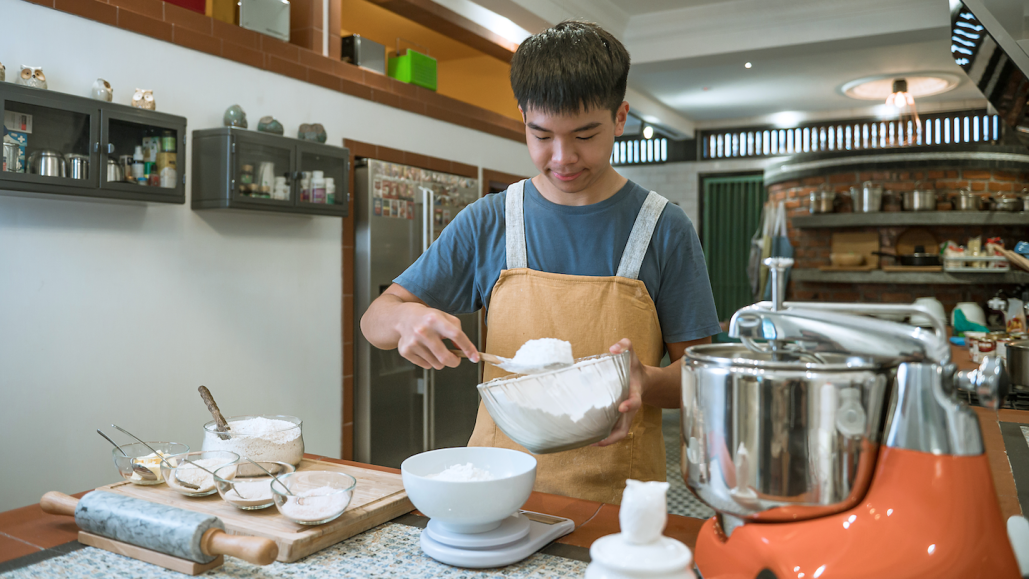chemical: A substance formed from two or more atoms that unite (bond) in a fixed proportion and structure. For example, water is a chemical made when two hydrogen atoms bond to one oxygen atom. Its chemical formula is H2O. Chemical also can be an adjective to describe properties of materials that are the result of various reactions between different compounds.
chemical reaction: A process that involves the rearrangement of the molecules or structure of a substance, as opposed to a change in physical form (as from a solid to a gas).
chemistry: The field of science that deals with the composition, structure and properties of substances and how they interact. Scientists use this knowledge to study unfamiliar substances, to reproduce large quantities of useful substances or to design and create new and useful substances. (about compounds) Chemistry also is used as a term to refer to the recipe of a compound, the way it’s produced or some of its properties. People who work in this field are known as chemists.
circumference: The size of a circle or other geometric object by measuring the distance all of the way along its outer edge.
density: The measure of how condensed some object is, found by dividing its mass by its volume.
diameter: The length of a straight line that runs through the center of a circle or spherical object, starting at the edge on one side and ending at the edge on the far side.
ecology: A branch of biology that deals with the relations of organisms to one another and to their physical surroundings. A scientist who works in this field is called an ecologist.
field: An area of study, as in: Her field of research is biology. Also a term to describe a real-world environment in which some research is conducted, such as at sea, in a forest, on a mountaintop or on a city street. It is the opposite of an artificial setting, such as a research laboratory.
geometry: The mathematical study of shapes, especially points, lines, planes, curves and surfaces. Geometry can also refer to the defined shape of something (such as it had a very spherical geometry).
insect: A type of arthropod that as an adult will have six segmented legs and three body parts: a head, thorax and abdomen. There are hundreds of thousands of insects, which include bees, beetles, flies and moths.
mass: A number that shows how much an object resists speeding up and slowing down — basically a measure of how much matter that object is made from.
monitor: To test, sample or watch something, especially on a regular or ongoing basis.
pi: (in mathematics) Usually written using the Greek letter π. It is a constant equal to 3.14. . . and defined as the circumference of a circle divided by its diameter.
population: (in biology) A group of individuals (belonging to the same species) that lives in a given area.
ratio: The relationship between two numbers or amounts. When written out, the numbers usually are separated by a colon, such as a 50:50. That would mean that for every 50 units of one thing (on the left) there would also be 50 units of another thing (represented by the number on the right).
sustainable: (n. sustainability) An adjective to describe the use of resources in a such a way that they will continue to be available long into the future.








